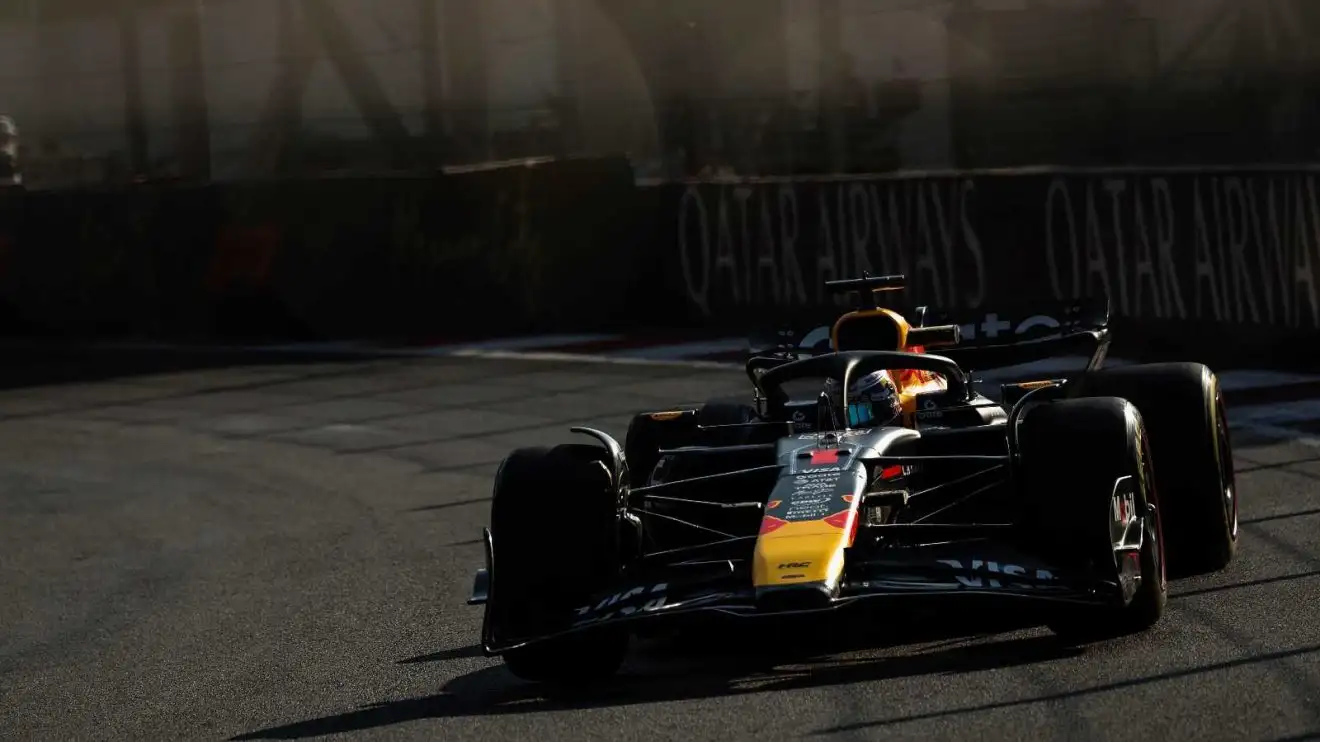Red Bull boss reveals hidden advantage behind latest RB21 upgrade

Max Verstappen topped the F1 results timing charts in FP2 ahead of the 2025 Mexico City Grand Prix.
Perplexing rivals with its late-season updates, Red Bull is adamant its decision will pay dividends next season despite Formula 1 moving onto all-new cars with active aerodynamics.
After all, it is not just about the car, it’s about the processes.
Max Verstappen’s title chase: It’s not all about 2025
⦁ Red Bull baffled rivals with late-season upgrades
⦁ It’s not about the car insists Red Bull team principal
⦁ Remember 2021? Red Bull does
This season, the Formula 1 teams had to enact a balancing act between working on the 2025 challengers and designing the all-new F1 2026 cars.
Next season Formula 1 will look very different to this season in the sport’s biggest change ever as not only is the sport adopting new technical regulations for smaller, lighter, more agile cars, but even the engine regulations will be different with the sport moving onto a 50/50 between combustion engine and electrical power next year, a 300% increase from the current battery impact.
It is the biggest technical change ever in the sport’s history.
Facing that challenge, many teams made minimal upgrades to this year’s cars in the first part of the championship, opting instead to focus on 2026. But as that shift swung fully to next season, there have only been a few upgrades in recent races.
And then came Red Bull at the Mexico City Grand Prix.
Despite it being the fifth-to-last race of the championship, the Milton Keynes squad introduced a four-part upgrade, including changes to the RB21’s floor.
McLaren said it was done after Austin, but Red Bull declared it still had “something up our sleeves”.
F1 2025: The season’s winners and losers
👉 The results of the F1 2025 championship
👉 The updated Drivers’ and Constructors’ Championship standings
The team tweaked the front corner, engine cover, floor body, and edge wing in Mexico in an effort to improve local load and reliability as the F1 circus heads to its highest altitude of the season and therefore must cope with thinner air prompting issues with cooling.
Max Verstappen finished third in the grand prix to Lando Norris’ P1, reducing his deficit in the title race to 36 points.
It’s a decision, though, that has perplexed McLaren and other rivals, but Red Bull team principal Laurent Mekies insists there is more to it than creating a faster car in the final races of F1 2025.
“With regards to why we have kept developing these cars perhaps a little bit more than competitions, it’s nothing to do with ’26 as we had commented on a few times,” he told PlanetF1.com and other media outlets after the Mexico City Grand Prix.
“If we were turning the page at the point of the seasons where we are very unhappy about this car, a lot not reaching the full potential, then you will go to ’26 with a lot of question mark in your head and with a lot of wishful thinking.
“So we have preferred to say we invest a little bit more in this car. We try to unlock what effects have not worked and got a bit of performance out of it.
“Give us a lot more confidence into tools, methodologies, approaches, going into ’26.
“Yes, there is a constant on the time and energy left for that, because that’s the rationale behind nothing to do with your performance whatsoever.”
Red Bull’s Verstappen closed the gap in the championship for the fifth race in succession, down from 104 points after Zandvoort to 36 after Mexico.
History explains why Red Bull isn’t fazed by late-season 2025 upgrades
But while rivals raised the alert over a team upgrading its car late in the season and ahead of a big technical change, Red Bull has reminded them all of 2021.
In a wheel-to-wheel title race with Lewis Hamilton, Red Bull upgraded its F1 car almost until the bitter end to give Max Verstappen a chance at defeating the seven-time World Champion.
He did so on the final lap of the final race, overtaking Hamilton at Turn 4 to win the Abu Dhabi Grand Prix and the World title.
And it didn’t hurt Red Bull one iota into 2022.
Despite it being the first year of Formula 1’s ground-effect aerodynamic cars, Red Bull stole a march on its rivals in 2022 to win the double before dominating in 2023 with not only the double but also the 1-2 in the Drivers’ standings.
It put paid to rivals’ concerns that late-season upgrades in 2021, the final year of that era’s technical regulations, could hamper a team into the new era.
It didn’t bother Red Bull in 2022, and the team says it won’t bother it next year either.
Want to be the first to know exclusive information from the F1 paddock? Join our broadcast channel on WhatsApp to get the scoop on the latest developments from our team of accredited journalists.
Additional reporting by Elizabeth Blackstock
Read next: Max Verstappen gives fresh title chance verdict as gap narrows again

